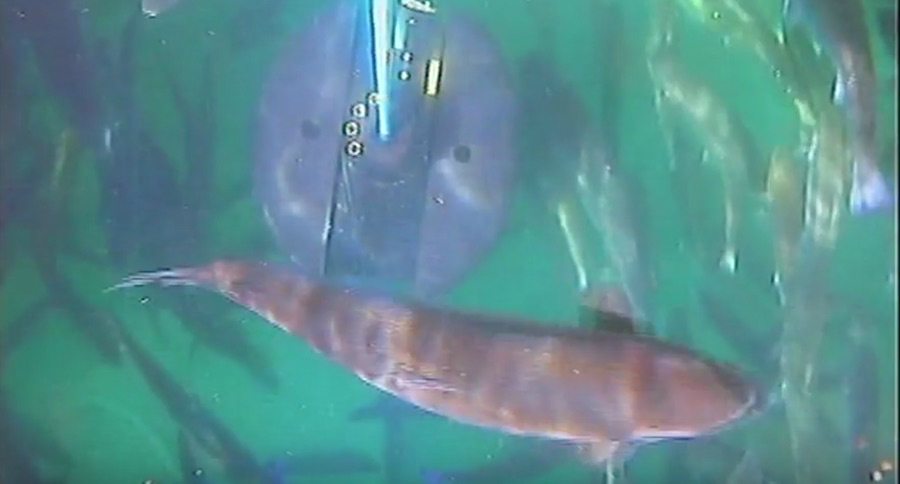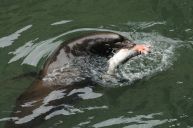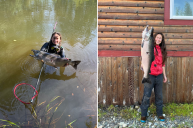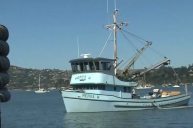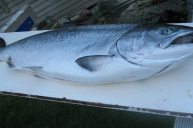Farm-raised salmon have a problem, and that's lice. The solution? Lasers.
That's right, Norwegian fish farmers are using underwater drones with lasers to de-louse the fish in their pens.
https://youtu.be/e0Ul3zvWwfc
The problem is sea-lice. The parasites attach to fish and feed off of them. The sea-lice feed off both wild and farm-raised fish. But with fish pens holding salmon in a relatively stationary position, the lice don't pass up an easy target. The lice don't bother wild and fast salmon much.
The population of salmon in the pens ranges from 50,000 to 150,000, and the lice can overwhelm a pen. The parasite can injure and even kill the fish. And the injuries can be severe enough to render the fish unsuitable for the market. That's where the lasers come into play.
Stingray Marine Solutions is marketing a solution called the Stingray. How does it work? By literally shooting the lice on the salmon. The Stingray drone has cameras on it that home in on a louse. Then, it shoots the louse with a thin laser beam, killing it.
The laser is at a wavelength that does nothing to the fish. It's comparable to lasers used in dentistry, ophthalmology and hair removal. However, it will fry a louse from up to six feet away. The software used by the device positions it according to temperature, oxygen levels and salinity to be most effective.
The idea is to reduce the need to use other measures. This can include hauling the fish onto a boat and washing them off with high-pressure water or chemicals. The company says two of the devices can "decimate" the lice in a single fish pen. The device was introduced in 2014. Today, 100 salmon farms in Norway are zapping lice with lasers.
NEXT: MICHIGAN TO CUT STOCKED CHINOOK SALMON BY NEARLY HALF IN 2017
